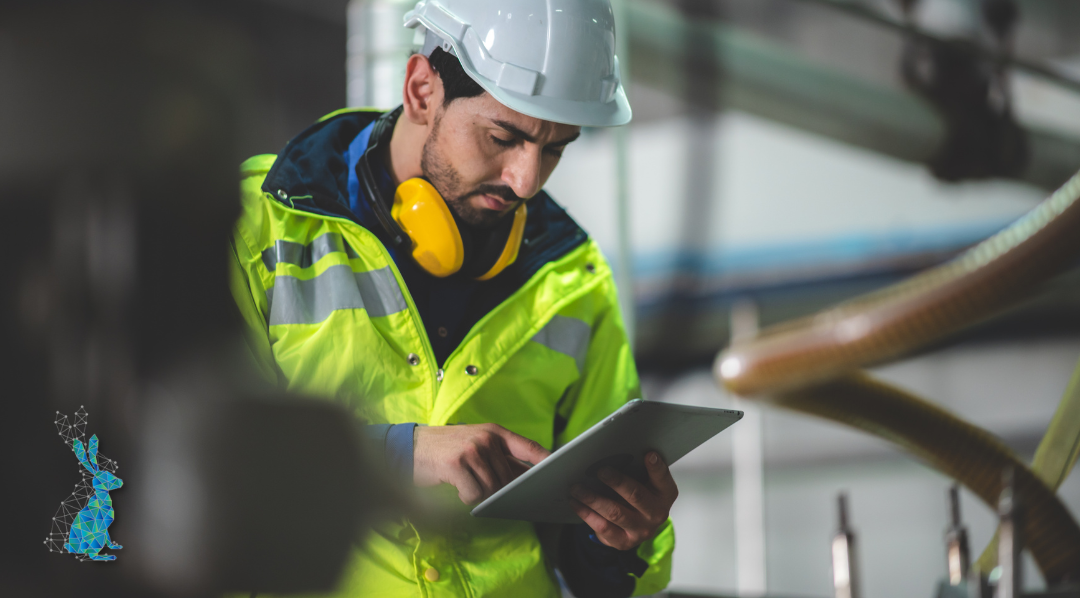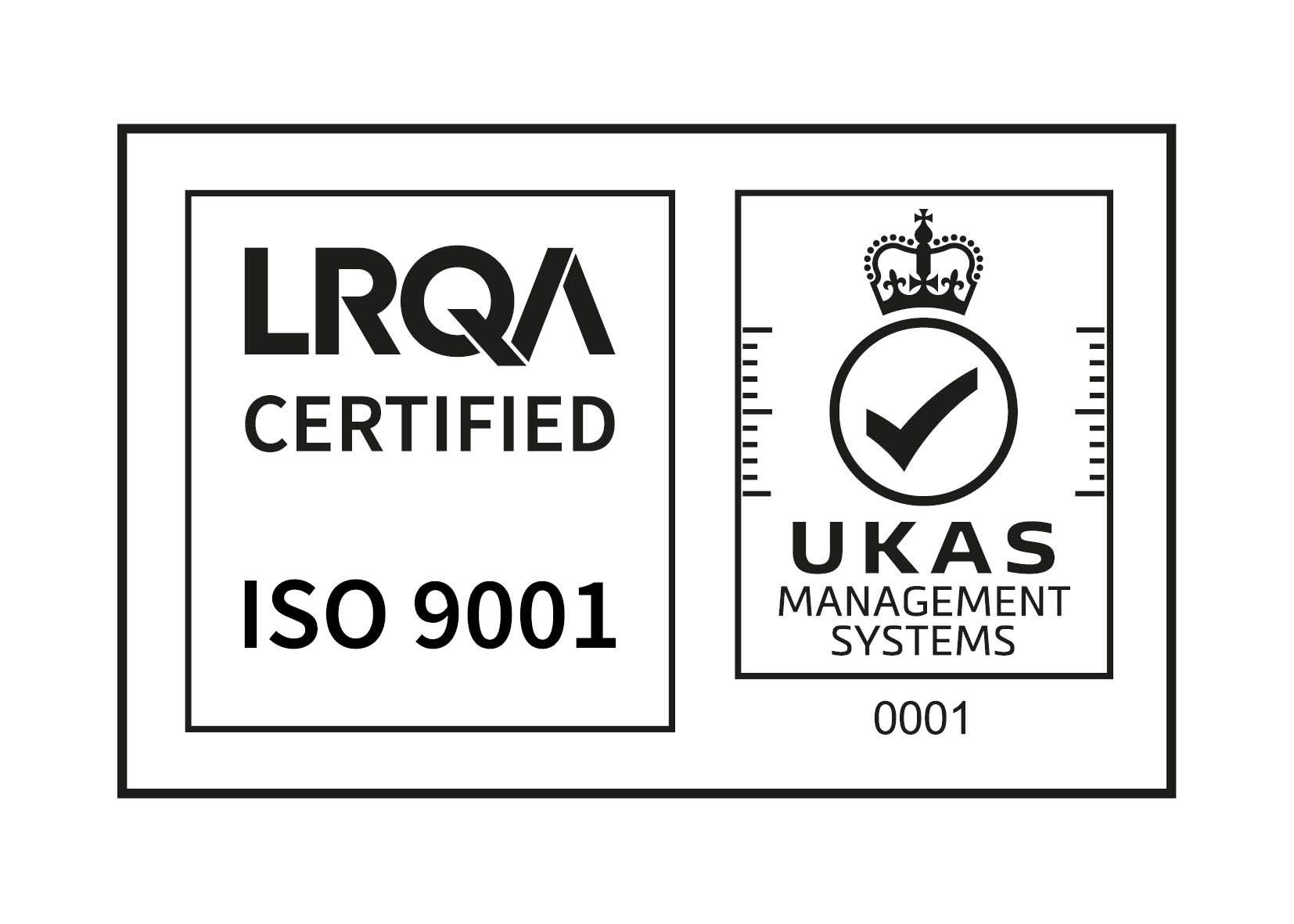How can laser scanning and design engineering be used for site maintenance on chemical plants over the quiet season?

How can laser scanning and design engineering be used for site maintenance on chemical plants over the quiet season?
Date: 28th November 2023
Is your site getting a Christmas break too?
Chemical plants are complex facilities that require regular maintenance to ensure their safe and efficient operation - you don't need me to tell you that! But often, during quiet seasons when lots of your staff are off (like Christmas) and production is reduced or halted, is an opportune time to conduct more extensive maintenance activities.
Having this proactive approach to maintenance allows for thorough inspections, repairs, and upgrades that might not be feasible during peak production periods. By addressing potential issues during these quieter times, chemical plants can optimise their operations, minimise downtime, and enhance safety throughout the year.
But, when you think of site maintenance, laser scanning and design engineering aren’t often the first thing that springs to mind…
That’s because, when we think of maintenance, we often think of the potential risks that are already known to us. Maybe there’s a specific section of pipework that’s in need of replacement, or a machine that is essential to business that always gets the bulk of your attention and budget. It might also feel a bit like overkill if you’re just thinking about each project individually and on a short term basis.
When you’re thinking of maintenance on a site wide scale and improving the longevity and management of maintenance documentation though, laser scanning comes into its own. It provides precise and detailed 3D models of plant infrastructure, enabling comprehensive inspections and accurate assessments of potential problems. This detailed information forms the foundation for efficient maintenance planning, allowing for targeted interventions and resource allocation. Design engineering further complements this process, utilising the laser scan data to create optimised maintenance plans, tailored to the specific needs of the plant. By integrating these two tools into your maintenance strategy, chemical plants can maximise the benefits of quiet seasons, ensuring optimal performance and safety throughout the year. And here’s how…
Create accurate as-built models
Laser scanning is the ideal tool to capture detailed 3D representations of chemical plant structures, equipment, and piping systems. These as-built models give you a precise representation of the current site or an area of the shop floor which can replace outdated or inaccurate drawings to help you make more informed decisions about site improvement and development. These are particularly useful if, like a lot of chemical plants, you’re looking to expand and start taking steps towards net zero goals (read more about this here) in the new year. With accurate 3D models of your existing facilities as a reference it will be easier to see which modifications are possible with your current set up and where further development is required so you can budget and plan ahead.
Identify potential hazards
3D laser scanning can reveal hidden or obscure areas that may pose potential safety hazards, such as structural damage, corrosion, or leaks. This information can be used to schedule preventive maintenance or repairs and reduce safety risks on site. Laser scans also provide precise measurements of structural components, which allows engineers to assess their integrity and identify areas that require reinforcement or repair. This can prevent structural collapses and ensure the overall safety of the plant.
Plan and optimise maintenance activities
Laser scanning data can be used to develop detailed maintenance plans that account for the exact locations and conditions of equipment and piping. This ensures that maintenance crews can work efficiently and effectively, reducing downtime and improving plant reliability. By analysing 3D laser scans, engineers can identify early signs of wear and tear on equipment, allowing for proactive maintenance and replacement before failures occur. This can prevent costly downtime and production disruptions.
Investigate accident or incident sites
In the event of accidents or incidents, laser scanning can accurately capture the scene, documenting the extent of damage and providing valuable information for investigations and insurance claims. They can capture intricate details that might be overlooked by traditional methods, such as photography or manual measurements as well as produce highly accurate measurements of the scene, providing investigators with precise dimensions and distances. This information is essential to look at the scene from multiple angles to determine the exact location of objects, the extent of damage, and the trajectory of events. This is especially essential on sites where hazardous chemicals and materials are present as it can be used to inform future preventative measures.
Develop virtual reality training modules
Laser scanning is an invaluable tool for creating immersive virtual reality (VR) training modules for chemical plant workers. By capturing precise 3D models of plant environments, VR trainers can simulate hazardous situations without putting trainees at risk. Additionally, interactive scenarios can be designed to enhance critical thinking and problem-solving skills. Data collected from these training modules can provide valuable feedback for improving training effectiveness. This innovative approach to training has the potential to significantly enhance safety, efficiency, and preparedness in chemical plant operations.
Support future asset management
Laser scanning data can be used to create and integrate intelligent P&IDs (piping and instrumentation diagrams) into a comprehensive asset management system, providing a centralised repository of crucial information for the entire life cycle of chemical plant assets. This includes their location, condition, and maintenance history. This information can be used to make informed decisions about maintenance, replacement, and decommissioning. Intelligent P&IDs can also be used to track changes to the plant's assets over time, which can help to identify potential problems before they occur. Additionally, they can be used to improve communication and collaboration between different departments involved in the asset management process.
Both of these methods offer a comprehensive and efficient approach to chemical plant maintenance. By providing accurate 3D models, identifying potential hazards, optimising maintenance activities, investigating accidents, developing virtual reality training modules, and supporting future asset management, these tools can significantly enhance safety, efficiency, and productivity in chemical plant operations. If you have any questions or would like to discuss your site maintenance needs further, drop us an email at
enquiries@ohare-eng.co.uk.



We are a highly skilled design and project engineering consultancy, based in the North-West, with more than 20 years experience.

All Rights Reserved | O'Hare Engineering Design LTD. O'Hare Engineering Design LTD is a company limited by guarantee. Registered in England No. 10820380
